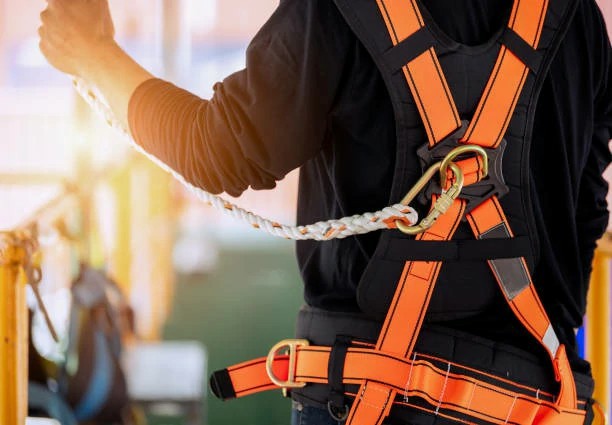The Essential Compliance Checklist for Businesses Allowing Work at Heights
In fast-paced industries, working at heights can present significant challenges and risks. It is imperative for businesses to prioritize safety and comply with regulations to protect their employees. This article provides a comprehensive checklist that enables businesses to verify compliance before allowing employees to work at heights.
Why Compliance Is Critical
Ensuring compliance with safety regulations when employees work at heights is not just a legal obligation; it is crucial for minimizing risks of accidents and injuries. A strong commitment to safety also fosters employee morale and enhances productivity. Below, we’ll dive deep into a step-by-step checklist designed to help businesses maintain a safe working environment.
The Compliance Checklist
1. Conduct Thorough Risk Assessments
- Identify potential hazards associated with working at heights.
- Assess the level of risk involved with each identified hazard.
- Implement control measures to mitigate risks.
- Document the risk assessment process to demonstrate compliance.
2. Verify Personal Protective Equipment (PPE) Conditions
- Conduct a thorough inspection of all PPE before use.
- Ensure that harnesses, helmets, and other equipment meet safety standards.
- Replace worn or defective equipment immediately.
- Provide proper storage for PPE to maintain its condition.
3. Verify Training and Certification
- Ensure all employees receive professional training on working at heights.
- Confirm completion of a Working at Heights Course.
- Check for valid Working at Heights Certification for all involved employees.
- Regularly update training records and maintain documentation.
4. Establish a Clear Safety Protocol
- Develop clear guidelines for working at heights.
- Communicate safety protocols to all employees.
- Conduct meetings to reinforce the importance of compliance.
- Provide a safety manual that includes procedures for emergency situations.
5. Perform Equipment Inspections
- Conduct regular inspections of all equipment used for working at heights, such as ladders and scaffolding.
- Ensure equipment is stable, secure, and suitable for the task.
- Log maintenance records to demonstrate compliance and accountability.
6. Monitor Compliance Continuously
- Regularly review and update safety protocols as regulations change.
- Conduct audits and inspections to ensure continuous compliance.
- Encourage employee feedback to improve safety practices.
7. Documentation and Regulatory Requirements
- Ensure that all required safety documentation is in place and accessible.
- Maintain records of risk assessments, training, and inspections.
- Stay informed of local regulations and requirements for working at heights in your area.
Investing in Safety
Investing in certified Working at Heights Training is essential for ensuring that employees understand the risks and responsibilities associated with working at heights. Completing a Working at Heights Course Online ensures that staff are equipped with the knowledge necessary to maintain safety standards.
Conclusion
By following this essential compliance checklist, businesses can create a safer working environment for employees involved in tasks at heights. Prioritizing safety not only protects workers but also enhances your company's reputation and compliance standing. Take action today by implementing these guidelines and investing in certified **Working at Heights Training**.
For additional resources or to enroll in a Working at Heights Safety Course, contact us at [email protected].



 349,500 Offered Certificates
349,500 Offered Certificates
 24/7 Online Training
24/7 Online Training
 Money Back Guarantee
Money Back Guarantee
 Fully Accredited Courses
Fully Accredited Courses
